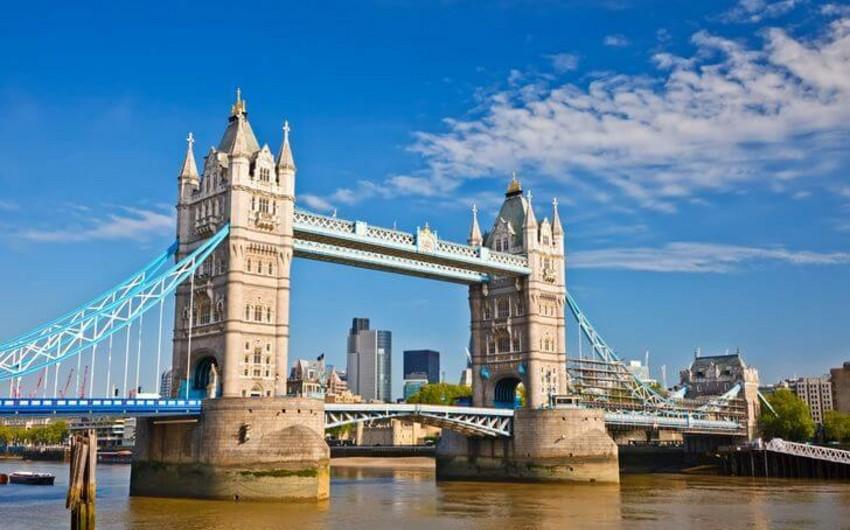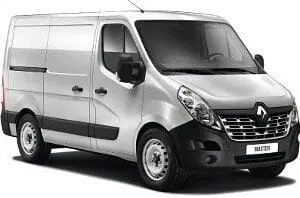
What is a clean air zone?
Content
- What is a clean air zone?
- What is an ultra-low emission zone?
- Why do we need clean air zones?
- How many clean air zones are there and where are they located?
- Which cars have to pay and how much is the fee?
- Do I need to pay to enter the clean air zone by car?
- Are there exemptions for clean air areas?
- When do clean air zones operate and what is the penalty for non-payment?
Clean Air Zone, Ultra Low Emissions Zone, Zero Emissions Zone—they have many names, and it's likely that one of them is already in operation or coming soon in a city near you. They are designed to improve urban air quality by preventing vehicles with high levels of pollution from entering. To do this, they either charge a daily fee from the owner of the car, or, as they do in Scotland, charge a fine for entering them.
Most of these zones are reserved for buses, taxis and trucks, but some are also reserved for vehicles with higher levels of pollution, including relatively newer diesel models. Here's our guide to where the clean air zones are, which cars charge you to enter them; how much are these fees and can you be exempt.
What is a clean air zone?
A clean air zone is an area within a city where the level of pollution is the highest, and the entrance to vehicles with high levels of exhaust emissions is paid. By charging fees, local authorities hope to encourage drivers to switch to less polluting vehicles, walk, cycle or use public transport.
There are four classes of clean air zones. Classes A, B and C are for commercial and passenger vehicles. Class D is the broadest and includes passenger cars. Most zones are class D.
You'll know when you're about to enter the clean air zone thanks to conspicuous traffic signs. They may have a picture of a camera on them to remind you that cameras are used to identify each vehicle entering the area and whether they should be charged.
What is an ultra-low emission zone?
Known as the ULEZ, this is London's Clean Air Zone. It used to cover the same area as the Metropolitan Congestion Charging Area, but since the end of 2021, it has expanded to cover the area up to, but not including, the North Circular Road and the South Circular Road. Vehicles that do not meet ULEZ emission standards are subject to both a ULEZ fee of £12.50 per day and a congestion fee of £15.
Why do we need clean air zones?
Air pollution is considered a major cause of heart and lung disease, strokes and cancer. It is a complex mixture of particles and gases, with particulate matter and nitrogen dioxide being the main components of vehicle emissions.
Data from Transport For London shows that half of London's air pollution is caused by road traffic. As part of its clean air strategy, the UK government has set limits for particulate pollution and is encouraging the creation of clean air zones.
How many clean air zones are there and where are they located?
In the UK, 14 zones are already in operation or are expected to be operational in the near future. Most of these are class D zones, where some cars, buses, and commercial vehicles are charged, but five are class B or C, where cars are not charged.
As of December 2021, the clean air zones are:
Sauna (Class C, active)
Birmingham (Class D, active)
Bradford (Class C, launch expected January 2022)
Bristol (Class D, June 2022)
London (Class D ULEZ, active)
Manchester (Class C, 30 May 2022)
Newcastle (Class C, July 2022)
Sheffield (Class C end 2022)
Oxford (Class D Feb 2022)
Portsmouth (Class B, active)
Glasgow (Class D, 1 June 2023)
Dundee (Class D, 30 May 2022, but not applicable until 30 May 2024)
Aberdeen (Class D, Spring 2022, but no introduction until June 2024)
Edinburgh (Class D, 31 May 2022)
Which cars have to pay and how much is the fee?
Depending on the city, fees range from £2 to £12.50 per day and depend on the vehicle's emissions standard. This vehicle exhaust emission measure was created by the EU in 1970 and the first one was called Euro 1. Each new Euro standard is tougher than the previous one and we have reached Euro 6. Each Euro level sets different emission limits for gasoline and diesel. vehicles due to (usually) higher particulate emissions from diesel vehicles.
Generally speaking, Euro 4, introduced in January 2005 but mandatory for all new cars registered since January 2006, is the minimum standard required for a petrol car to enter the Class D Clean Air Zone and the London Ultra Low Emissions Zone without charging fees.
A diesel vehicle must comply with the Euro 6 standard, which is valid for all new vehicles registered from September 2015, although some vehicles registered before that date also comply with the Euro 6 standard. You can find your vehicle's emissions standard on your vehicle's V5C registration or to the vehicle manufacturer's website.
Do I need to pay to enter the clean air zone by car?
Finding out if your car will be charged to enter a clean air zone is easy with a checker on the government website. Enter your vehicle's registration number and it will give you a simple yes or no answer. The TFL website has a similarly simple check that lets you know if you need to pay the London ULEZ fee.
It is important to note that there is no access fee in Scotland. Instead, non-compliant vehicles entering the zone are subject to a £60 fine.
Are there exemptions for clean air areas?
In zones of class A, B and C, cars are free of charge. In Class D zones, cars with a petrol engine that meet at least Euro 4 standards and cars with a diesel engine that meet at least Euro 6 standards pay nothing. Oxford is an exception in the sense that electric cars alone pay nothing, while even low emission cars pay £2. In most cities, motorcycles and historic cars over 40 years old pay nothing.
There are generally discounts for people living in the zone, for Blue Badge holders, and for disabled tax class vehicles, although this is by no means universal, so check before entering.
When do clean air zones operate and what is the penalty for non-payment?
Most zones are open 24 hours a day all year round except for public holidays other than Christmas. Depending on the zone, if you fail to pay the fee, you may receive a penalty notice, which in London imposes a penalty of £160 or £80 if you pay within 14 days.
In Scotland, non-compliant vehicles pay a £60 fine to enter the zone. There are plans to double that with each successive rule violation.
There are many low emission vehicles to choose from at Cazoo and now you can get a new or used car with Kazu's subscription. Use our search feature to find the car you like, buy or subscribe online and have it delivered to your door or pick it up at your nearest Cazoo Customer Service Center.
We are constantly updating and expanding our range. If you're looking to buy a used car and can't find the right one today, it's easy set up promotional alerts to be the first to know when we have vehicles that suit your needs.

